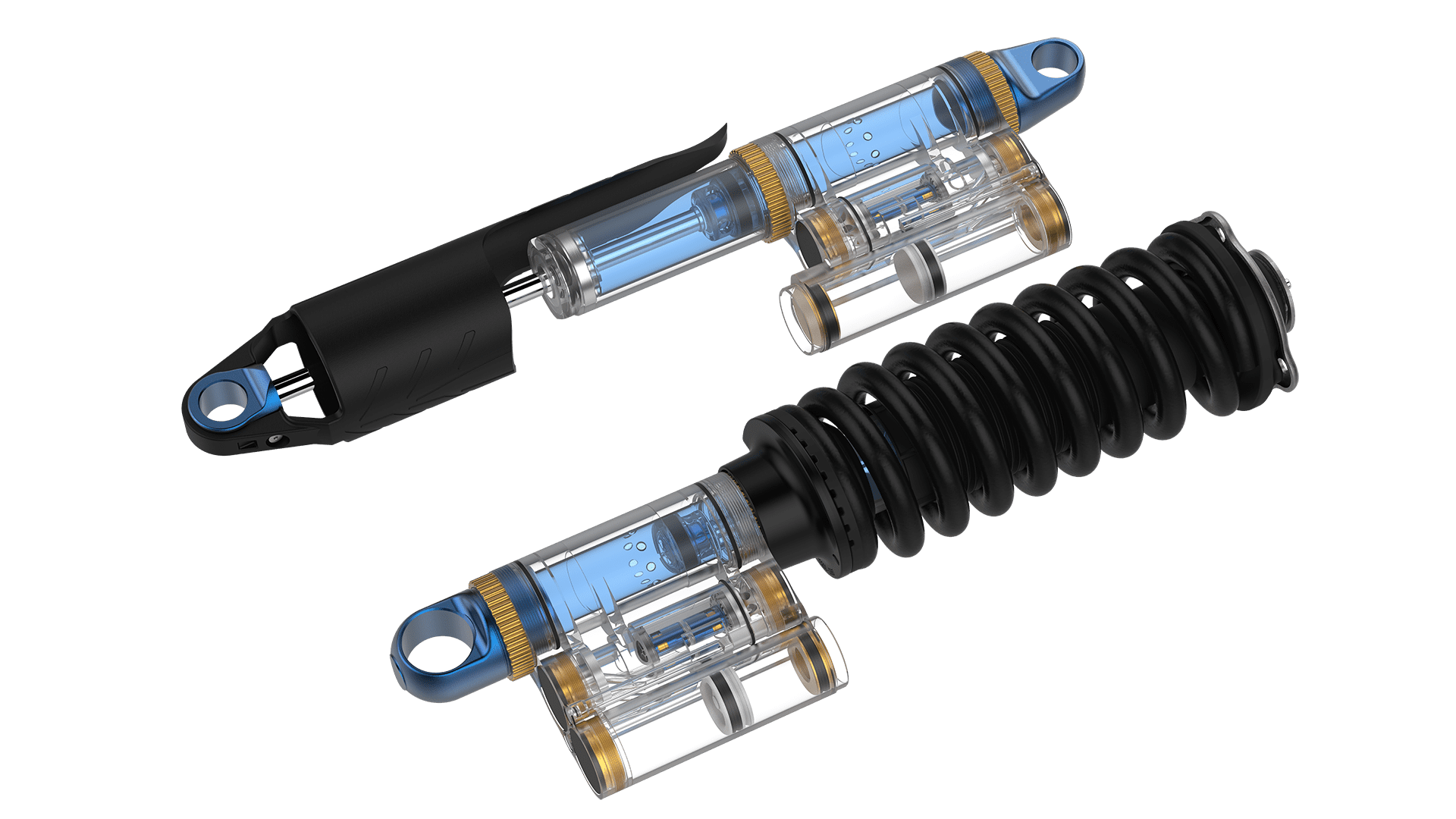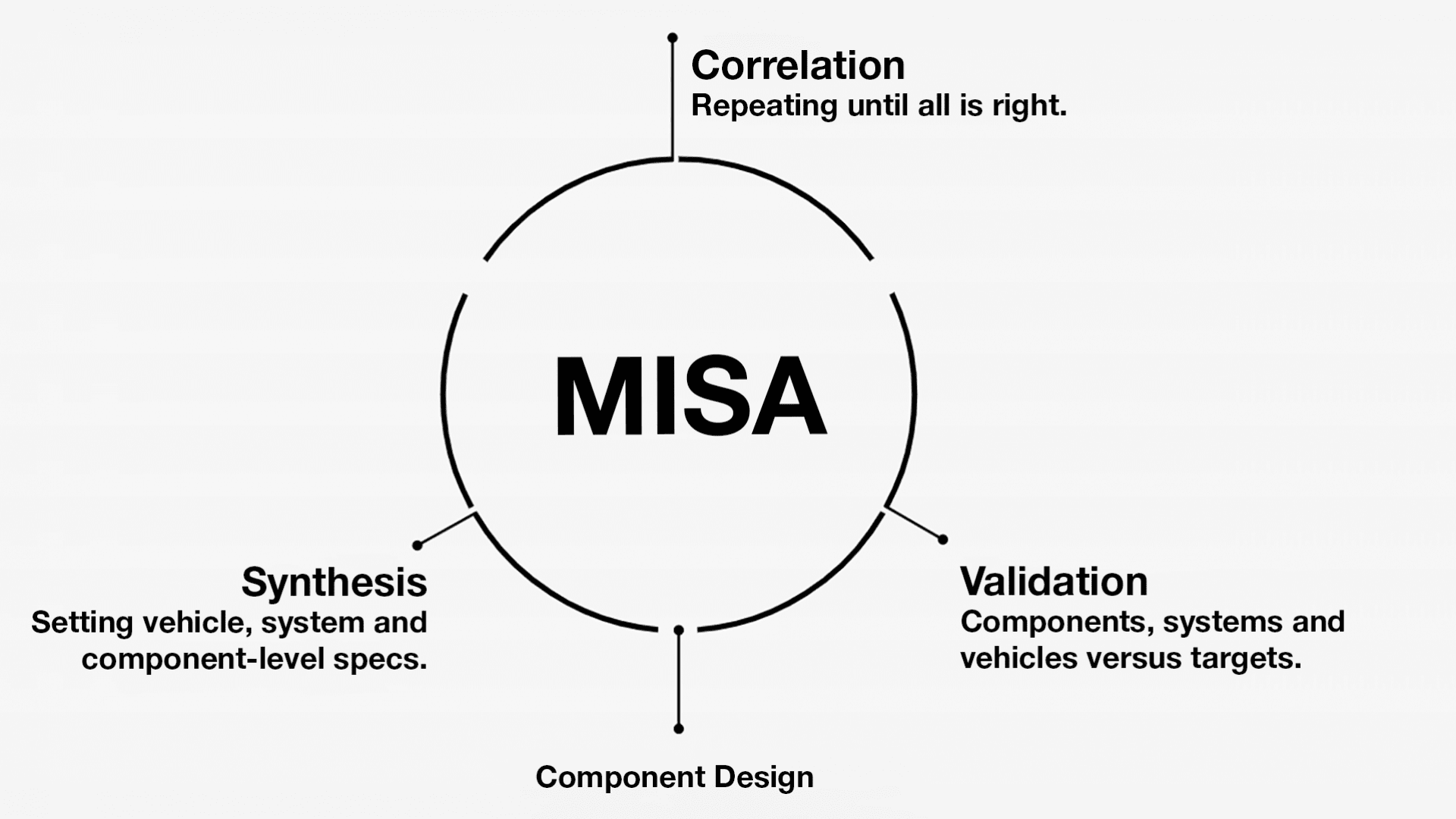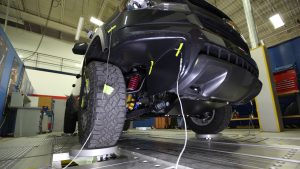
Proven and Validated
MISA is our approach to solving the biggest challenges.

Achieving the nearly impossible.
Synthesis. Validation. Correlation.
MISA changes “trial & error” to “define & optimize”.
This sequence illustrates MISA’s value in the development of Multimatic DSSV™ dampers for the Chevrolet Colorado ZR2 pickup.

 5. Validation: Vehicle-Level Testing
5. Validation: Vehicle-Level Testing
Dampers were installed on ZR2 prototypes and tested in real-world conditions including on-road driving, rock crawling and high-speed desert running. Performance was then compared against the original complete-vehicle specifications.

6. Correlation: Testing vs. Design Brief / Specification
Product and vehicle development is a repetitive process. MISA clearly defines targets and expectations, and then verifies achievements. The process identifies issues at all levels, to enable rapid problem solving.

1. Synthesis: Design Brief and Vehicle-Level Specification
In collaboration with GM, the initial “Synthesis” phase defined a design brief and vehicle-level specification. This became the target against which vehicle performance was later measured.

2. Synthesis: System- and Component-Level Specifications
In part two of the Synthesis phase, we analyzed all affected vehicle systems to develop system- and component-level specifications. System- and component-level performance were later measured against these targets.

 3. Component Design and Engineering
3. Component Design and Engineering
With specifications established, we moved into the design and engineering phase to develop a new Multimatic DSSV damper aimed at meeting the component-level specification.


4. Validation: Component- and System-Level Testing
In-house fabrication and prototyping teams produced fully functional dampers. These were thoroughly tested on damper dynos (component-level validation) and on a multi-post rig (system-level validation).

 5. Validation: Vehicle-Level Testing
5. Validation: Vehicle-Level Testing
Dampers were installed on ZR2 prototypes and tested in real-world conditions including on-road driving, rock crawling and high-speed desert running. Performance was then compared against the original complete-vehicle specifications.

6. Correlation: Testing vs. Design Brief / Specification
Product and vehicle development is a repetitive process. MISA clearly defines targets and expectations, and then verifies achievements. The process identifies issues at all levels, to enable rapid problem solving.

1. Synthesis: Design Brief and Vehicle-Level Specification
In collaboration with GM, the initial “Synthesis” phase defined a design brief and vehicle-level specification. This became the target against which vehicle performance was later measured.

2. Synthesis: System- and Component-Level Specifications
In part two of the Synthesis phase, we analyzed all affected vehicle systems to develop system- and component-level specifications. System- and component-level performance were later measured against these targets.

 3. Component Design and Engineering
3. Component Design and Engineering
With specifications established, we moved into the design and engineering phase to develop a new Multimatic DSSV damper aimed at meeting the component-level specification.


4. Validation: Component- and System-Level Testing
In-house fabrication and prototyping teams produced fully functional dampers. These were thoroughly tested on damper dynos (component-level validation) and on a multi-post rig (system-level validation).

 5. Validation: Vehicle-Level Testing
5. Validation: Vehicle-Level Testing
Dampers were installed on ZR2 prototypes and tested in real-world conditions including on-road driving, rock crawling and high-speed desert running. Performance was then compared against the original complete-vehicle specifications.

6. Correlation: Testing vs. Design Brief / Specification
Product and vehicle development is a repetitive process. MISA clearly defines targets and expectations, and then verifies achievements. The process identifies issues at all levels, to enable rapid problem solving.